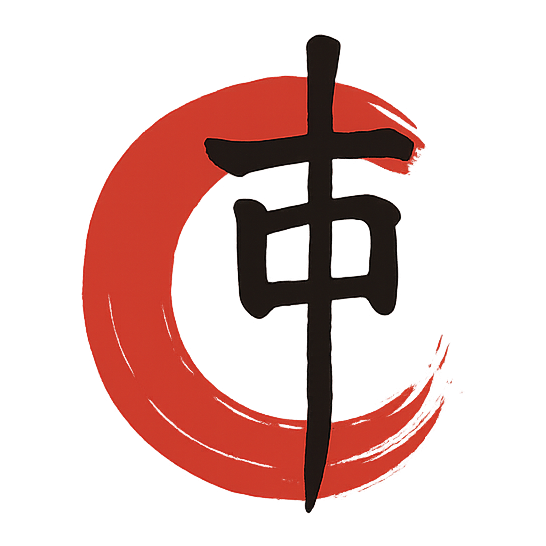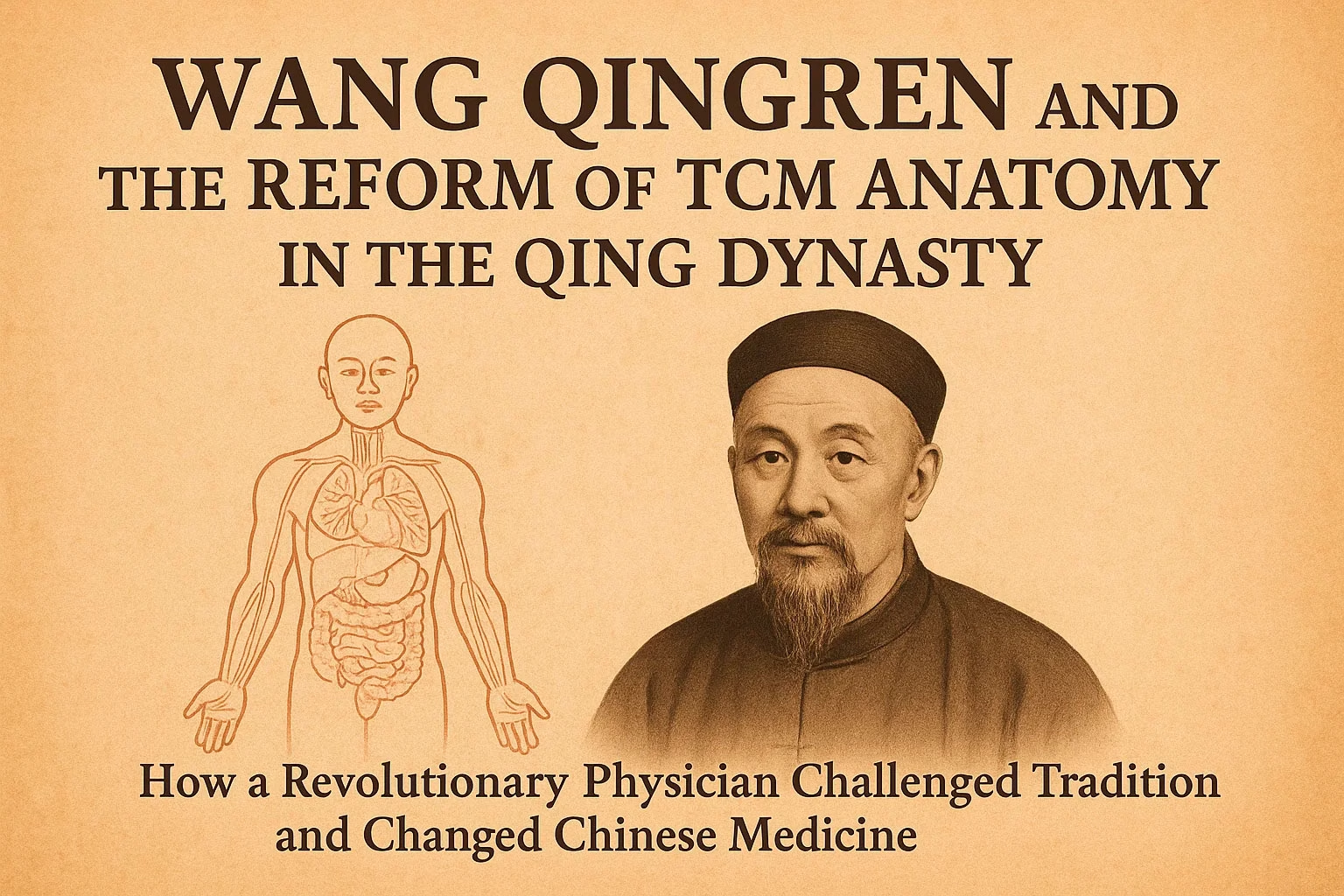How a Revolutionary Physician Challenged Tradition and Changed Chinese Medicine
🔶 Introduction
Wang Qingren (王清任, 1768–1831) was a bold and innovative physician of the Qing Dynasty who dared to question long-held doctrines in Traditional Chinese Medicine (TCM). At a time when most TCM knowledge about human anatomy was inherited from classical texts—some based more on philosophy than dissection—Wang Qingren broke with tradition by conducting actual autopsies, challenging existing theories, and proposing significant anatomical reforms.
His most influential work, “Yilin Gaicuo” (《医林改错》, “Correcting the Errors of the Medical World”), not only revised anatomical understanding but also emphasized the role of Blood stasis (瘀血) in chronic and acute illness. His contributions had a profound and lasting impact on TCM’s clinical direction, especially in internal medicine, surgery, and gynecology.
🔶 Historical Context: A Tradition of Inherited Anatomy
Before Wang Qingren, most anatomical knowledge in Chinese medicine came from ancient classics like the Huangdi Neijing, which described organs and channels more in functional and energetic terms than physical structure.
Due to cultural taboos against cutting into the body, dissection was rare in traditional China, leading to errors and imprecision in organ placement and understanding. For centuries, these ideas remained unchallenged—until Wang Qingren’s firsthand observations opened the door to anatomical correction.
🔶 Wang Qingren’s Contributions
✅ 1. Anatomical Reforms through Autopsy
Wang Qingren performed multiple autopsies on people who died from accidents or unclaimed corpses. His observations led him to correct many anatomical errors found in classical texts. For example:
- He observed that the brain, not the Heart, was the center of consciousness—a view consistent with modern medicine but contrary to traditional theory that “the Heart houses the Shen”.
- He noted the esophagus and trachea were not shared as described, but distinct pathways.
- He clarified the structure of blood vessels, advocating for a better understanding of circulation.
Though some of his views remained controversial, Wang’s empirical approach was revolutionary for the time.
✅ 2. Theory of Blood Stasis (瘀血)
Wang Qingren is best known for his theory that Blood stasis is a fundamental pathological factor in many chronic diseases and trauma conditions. He believed that:
“Where there is disease, there is stagnation; where there is stagnation, there is Blood stasis.”
This shifted the focus of many treatments toward invigorating Blood, removing stasis, and unblocking channels—a major evolution in TCM theory.
✅ 3. Innovation in Herbal Formulas
Wang created and adapted several classic herbal prescriptions specifically to break Blood stasis. His formulations emphasized moving Blood, dispersing clots, and resolving fixed masses.
Notable formulas include:
- Xue Fu Zhu Yu Tang (Drive Out Stasis in the Mansion of Blood Decoction)
- Used for chest pain, headaches, and emotional stagnation due to Blood stasis.
- Tong Qiao Huo Xue Tang (Open the Orifices and Invigorate Blood Decoction)
- Applied for facial paralysis, sinus issues, or head trauma-related stagnation.
- Bu Yang Huan Wu Tang (Tonify the Yang to Restore the Five-Tenths Decoction)
- Combines Qi tonics and Blood movers, commonly used in stroke recovery.
🔶 Lasting Influence on Chinese Medicine
📚 Medical Education
Wang’s corrections were controversial but later integrated into both modern TCM curricula and Western-style medical training in China. His anatomical clarity helped bridge the gap between traditional function-based concepts and physical anatomy.
🧠 Neurology and Trauma
Wang’s emphasis on Blood stasis in treating head injuries, stroke, and neurological disorders laid a foundation for later developments in brain-related TCM therapeutics.
🩸 Gynecology and Surgery
His Blood stasis theory has also profoundly influenced women’s health, especially in addressing dysmenorrhea, fibroids, and postpartum disorders through Blood-invigorating therapy.
🔶 Controversy and Courage
Though Wang Qingren faced resistance from the medical establishment of his time, his spirit of scientific inquiry and commitment to clinical accuracy earned him respect among reformers and later practitioners.
“He dared to see with his own eyes, not just with the words of the sages.”
His work represents a rare moment in TCM history when empirical anatomy, clinical observation, and classical scholarship converged.
🔶 Conclusion
Wang Qingren was more than a physician—he was a reformer who challenged orthodox views, corrected misconceptions, and redefined key concepts in Chinese medicine. His legacy lives on not just in anatomy books and Blood-activating formulas, but in the continued spirit of critical thinking and innovation in TCM.
In an age where modern science and traditional wisdom seek integration, Wang Qingren remains a timeless example of how tradition can evolve through observation, questioning, and a relentless pursuit of truth.


发表回复